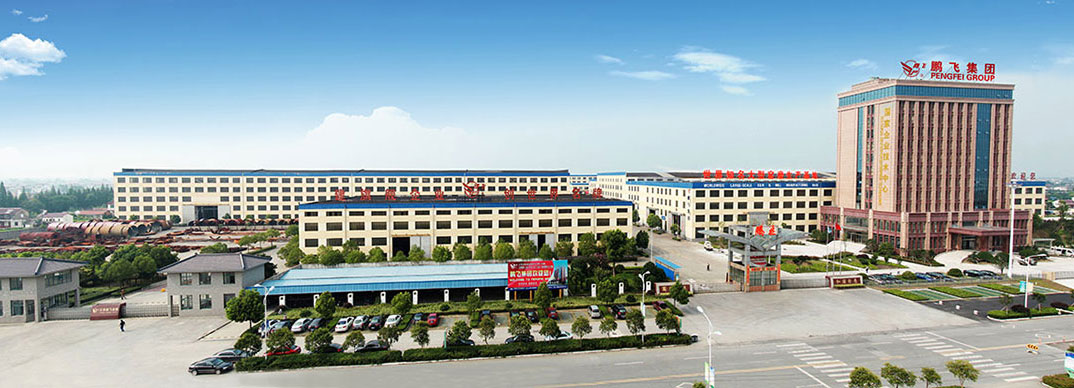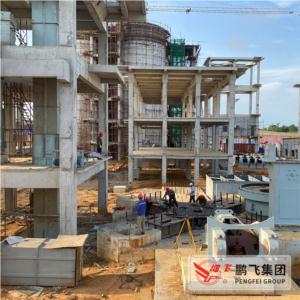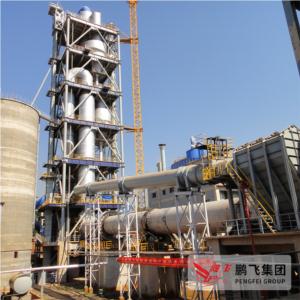1000tpd cement production line
- Product Details
- Company Profile
1000tpd cement production line
The Pengfei EPC cement production line project includes services such as process design, equipment supply (including mechanical and electrical parts), civil engineering, installation and commissioning, trial operation, reaching production standards, and final delivery. Mechanical equipments include limestone crushing and conveying, clay crushing, and auxiliary raw material pre-homogenization yard, raw material batching station, raw material grinding and waste gas treatment, raw material homogenizing warehouse and raw material entering kiln and firing kiln Tail, firing kiln and tertiary air duct, firing kiln head, clinker transportation, clinker storage and transportation, cement batching station and clinker bulk, gypsum, crushing and transportation of mixed materials, cement grinding and transportation, cement storage And transportation, cement packaging, bagged cement loading, cement automobile bulk, machine repair workshop and sum material warehouse.
Process parameters
(1) Clinker output: ≥1000 t / d;
(2) Heat consumption for clinker burning
(3) Comprehensive power consumption for clinker
(4) Comprehensive power consumption for cement
(5) 28-day intensity of clinker (6) Dust emission concentration
production method
Cement production uses limestone and clay as the main raw materials. After crushing and batching, raw materials are produced. The raw materials are fed into a cement rotary kiln for calcination. Then, the clinker is added with an appropriate amount of gypsum, mixed with some mixed materials or additives, and ground by cement It is ground into cement and then shipped by a packaging machine or bulk machine. Cement production equipment usually uses the dry cement production process. A method for simultaneously drying raw materials and grinding them into raw meal powder and feeding them into a dry rotary kiln for calcination of mature materials. The main advantage of dry production is low heat consumption.
Process flow description
5.1 Limestone and sandstone crushing
Limestone and sandstone were crushed by their respective crushers, and two crushers were positioned at the factory site.
5.2 Limestone multi-silos
The crushed limestone is conveyed to the entrance of the bucket elevator through a belt conveyor, and then conveyed to multiple warehouses. The multiple warehouses are discharged, and then transferred to one or more warehouses. And conveyed by the belt conveyor to the raw material feed bin.
5.3 Sand (iron ore) storage and handling
The crushed sand and gravel are conveyed to the entrance of the bucket elevator through a belt conveyor, then to the sand and gravel storage, and then unloaded at the bottom of the storage.
5.4 Clay storage and handling
During the dry season, the clay is transported by truck from the clay mine to the clay storage site and piled up by bulldozers or loaders. The clay from the storage yard is taken out by the loader and fed into a hopper and sent to the raw material feed silo by the belt conveyor.
The clay silo is equipped with a movable bottom to prevent the raw material from encountering accumulation when discharging to the dosing machine.
5.5Grinding and conveying of raw materials
The raw materials are extracted from the respective feed silos (clay is a plate feeder) by belt dosing feeders, and are conveyed to the raw material mill system by a belt conveyor. The raw material mill is a ring-flow air-sweep ball mill.
The raw product is conveyed into the batching warehouse through an air chute and a bucket elevator.
The hot air from the preheater is used as a drying heat source for the raw mill. There is also a spare oil furnace when the rotary kiln is stopped or the preheater is not hot enough.
5.6 Raw material homogenization and feeding into preheater
The raw materials are homogenized in the batching warehouse to achieve the desired final product density. The homogenized raw material from the batching warehouse is fed to the preheater through a kiln feeding system, which is composed of a level box, a flow valve, a weighing meter, an air conveying chute, and a bucket elevator.
5.7 Clinker calcination
The raw meal is heated and pre-decomposed in a 5-stage preheater / decomposition furnace, and 90-95% is decomposed into the rotary kiln. The hot clinker from the kiln is cooled in a third-generation clinker cooler (or the latest). The cold clinker from the cooler is transferred to two clinker silos by a bucket elevator.
Part of the exhaust gas from the clinker cooler is used as a heat source for the coal / peat mill. Part of the exhaust gas from the grate cooler enters the kiln as secondary air, and partly enters the decomposition furnace as tertiary air. The rest is air-to-air. The bag dust collector in the heat exchanger removes the dust and discharges it into the atmosphere. The dust collected by the bag dust is sent to the clinker.
5.8 Kiln / raw mill waste gas treatment
Part of the exhaust gas from the kiln preheater outlet is used as a heat source for the raw material mill system. The rest of the exhaust gas, which is milled with raw materials, is discharged into the atmosphere after being removed by a bag filter with an air-to-air heat exchanger.
The dust collected by the bag dust collector is sent to the homogenization store or the clinker store.
5.9 Natural gas fuel system
The fuel feeding system extraction point is equipped with flow gates and valves, metering instruments, and pneumatically transmitted to the main burner and decomposition furnace burner.
5.10 Clinker storage and handling
Set up two clinker stocks to store clinker.
5.11 Gypsum and volcanic rock storage, crushing and handling
After arriving at the plant, the volcanic rocks were crushed, dried and deposited in a covered warehouse, and the gypsum was also crushed and stored. Both gypsum and volcanic ash from the warehouse are fed by loaders and then transported by belt conveyors to their respective feeding silos. Each feed bin has two extraction points, that is, each cement mill is equipped with a feed bin.
5.12 Cement grinding
The clinker, volcanic ash and gypsum are proportioned by the belt scale according to the set value, and then the mixture is sent to the circulating cement mill by the belt conveyor. The finished products are sent to the cement warehouse by air chute and bucket elevator. The exhaust gas is discharged into the atmosphere after being removed by a bag filter.
5.13 Cement storage and shipment
The cement is stored in four circular banks. The library has a conical bottom (not a flat bottom) and is fitted with an inflatable cushion to ensure consistent extraction ratios.
The outbound cement is transported to the cement packaging station via an air conveying chute and a bucket elevator. Provide a bulk station with grey water ratio expansion tank and dust collector, but feed from only one depot.
The packaging station consists of a rotary 8-nozzle packaging machine system with an output of 100 tons / hour. The bagged cement is loaded onto a cargo truck by a belt conveyor or sent to a finished product warehouse.
5.14 Compressed air station
Compressed air is mainly used in bag filters, gas control valves, preheater areas and pneumatic instruments. The total compressed air demand is 40m3 / min, and the pressure is 0.5 ~ 0.7MPa. The station consists of 4 sets of air compressors and matching drying / dust collection equipment; 3 sets are used and 1 set is reserved. The capacity of each compressor is 15m3 / min, and the exhaust pressure is 0.75MPa. Compressed air index: temperature <40 ° C, dust particle size <1μm, oil 0.01ppm and pressure (gas) dew point 2-10 ° C.
The station's compressed air is distributed to the workshop through a buffer box, pressure gauge and control valve.
| No. | Department | main equipment | plan | qty |
| 1 | limestone | single-stage hammer crusher feeding size:≤600×600×600mm crushing system capacity: 120t/h finished product fineness:90% ≤25mm | 6d/w×7h/d | 1 |
| 2 | Sand crushing and conveying | high efficiency crusher feeding size:≤215mm crushing system capacity: 50t/h finished product fineness:90% ≤20mm | 1d/w×7h/d | |
| 3 | Raw material grinding | Circled ball mill Φ 3.5×8m feeding size:≤25mm finished product fineness: <R12% @ 80 μ feeding moisture:≤ 8% finished product moisture: <1% capacity: 50 t/h | 7d/w×20h/d | 1 |
| 4 | Clinker firing | Five-stage cyclone, preheater + precalciner, designed according to 900t/d C1: C2: C3: C4: C5: Precalciner Cyclone outlet temperature:≤350±10°C rotary kiln: Φ3.2×50M Heat consumption: ≤950kCal/kg capacity: 800t/d (33.3t/h) power:220kW,DC fuel:natural gas grate cooler: mechanical transmission grate cooling area: 30m2 capacity: 800t/d | 7d/w×24h/d | 1 |
| 5 | cement grinding | ball mill:circled Φ3.4×11M. finished product fineness: <R3.5% @ 80μ capacity: 45 t/h PC32.5 power:1600 Kw | 7d/w×22h/d | 1 |
| 6 | cement packing | 8-spouts rotary packing machine capacity: 100t/h provide a bulking station | 6d/w×12h/d | 1 |

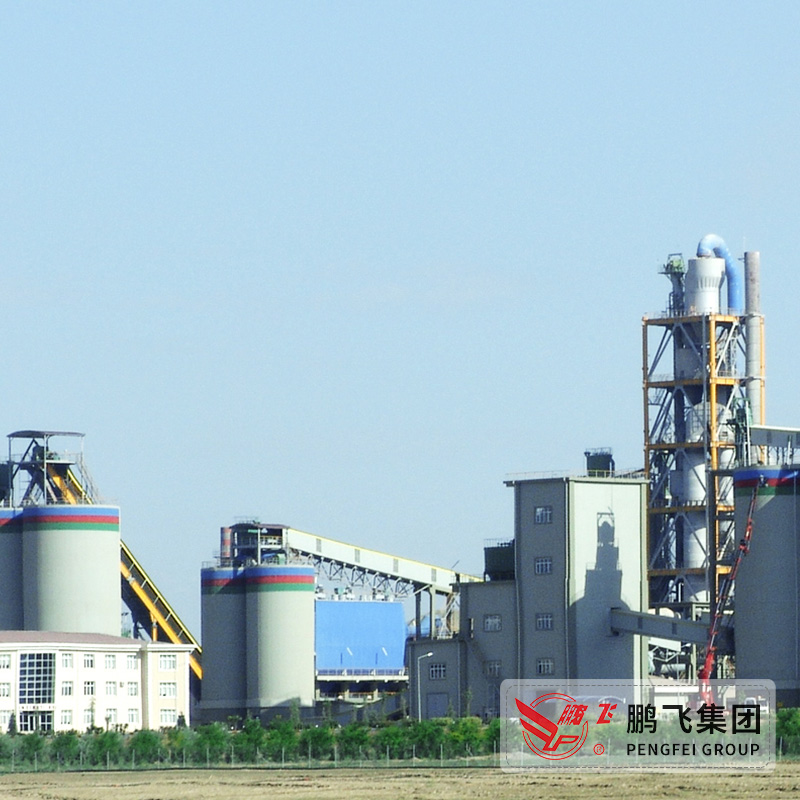
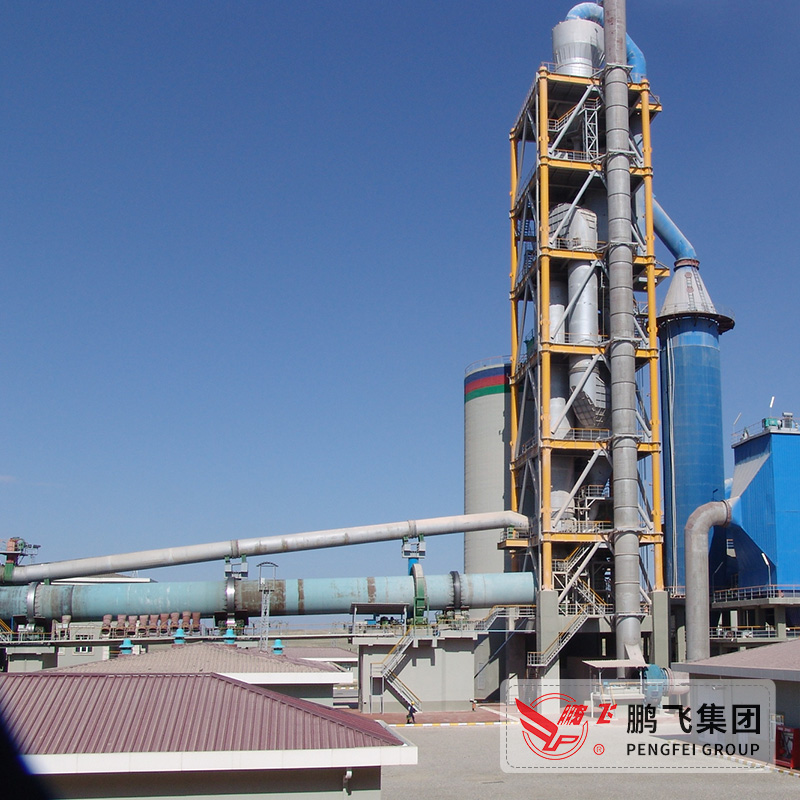

 CCCME Member
CCCME Member 0
0 Chinese Supplier
Chinese Supplier